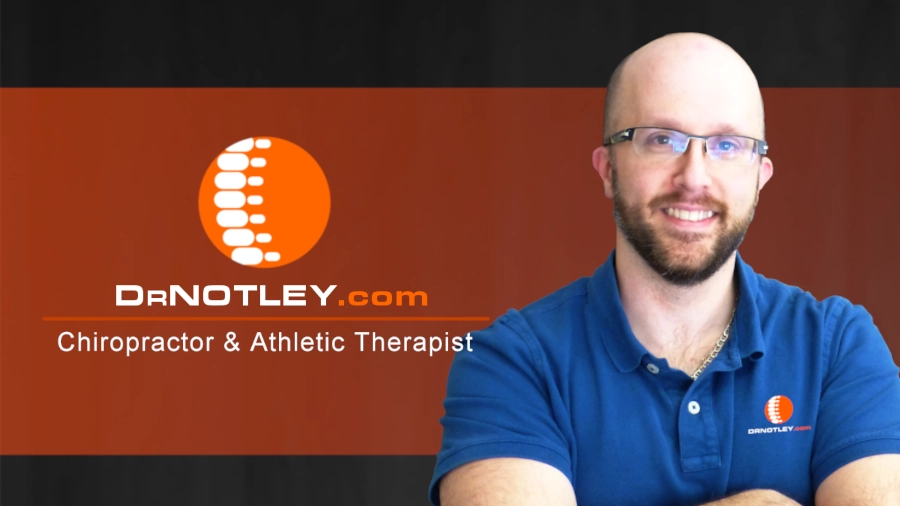
The levator scapulae begins on the side of the neck, travels down underneath the trapezius muscle and attaches onto the shoulder blade. It is often confused with a problem in the trapezius. It is a common cause of “stiff neck syndrome”
Actions
When the neck is stabilized the muscle rotates the shoulder blade downwards and elevates the scapula. With the shoulder blade is fixed , this muscle assists rotation of the neck to the same side. Both muscles together can checkrein (control) flexion of the neck.This muscle is often a problem when people have been rear ended in a motor vehicle accident. This muscle is more active during abduction vs flexion of the shoulder especially near end range . Concentrically contracts during the first part of abduction and eccentrically second half of abduction.
Causes of trigger points
A trigger point in this muscle can refer locally, up into the neck, down the shoulder blade or over to the shoulder. Trigger points can occur in this muscle with chronic turning the head, for example turning head to look at a computer screen. Chronic shrugging of the shoulder holding a phone between the ear and shoulder. Sitting in a chair with armrests that are too high. I also suspect that this may occur in those who shrug their shoulders during lateral raises, pullups or shoulder presses. When the serratus anterior muscle, located under the shoulder blade and attaching onto the ribs, is a problem the levator scapulae can be a problem. These two muscles perform opposite actions at the shoulder blade.
Self myofascial release of the levator scapulae
Using a stick with a ball on the end, place the ball into the sore spot of the levator scapulae. With the stick standing vertical hold on to the end of it. This abducts the shoulder and rotates the shoulder blade upwards. Apply pressure on the tender spot. Flex the neck forwards, and rotate away.
Originally posted on May 17, 2022 @ 4:39 pm
